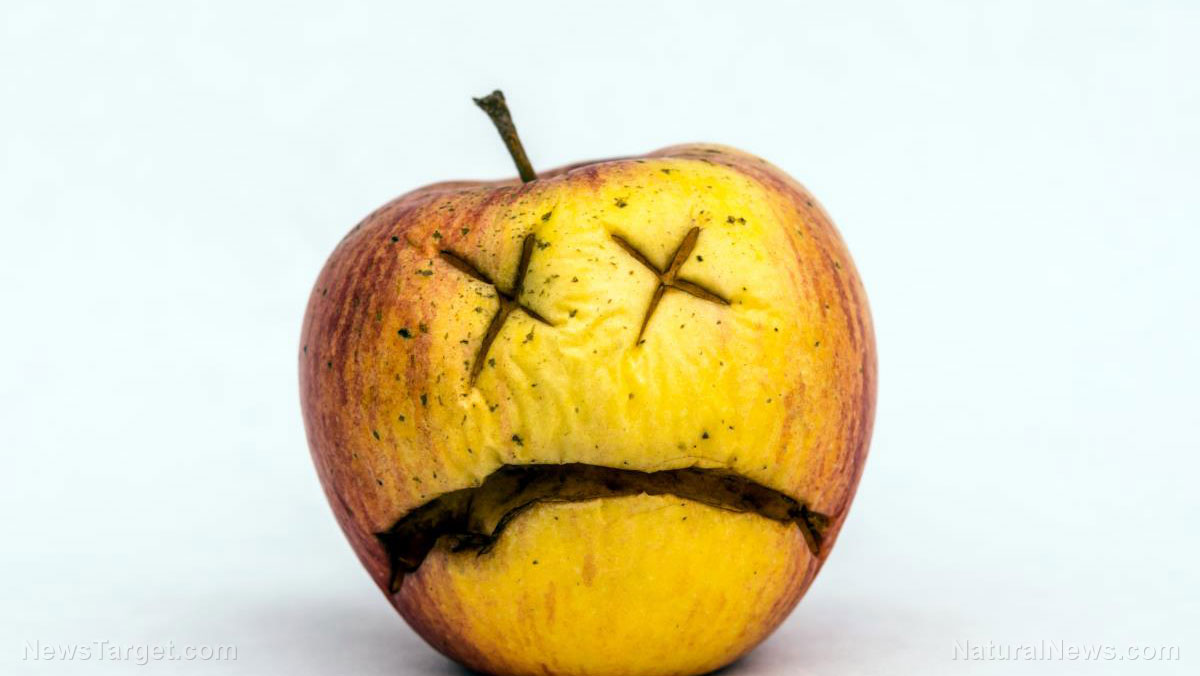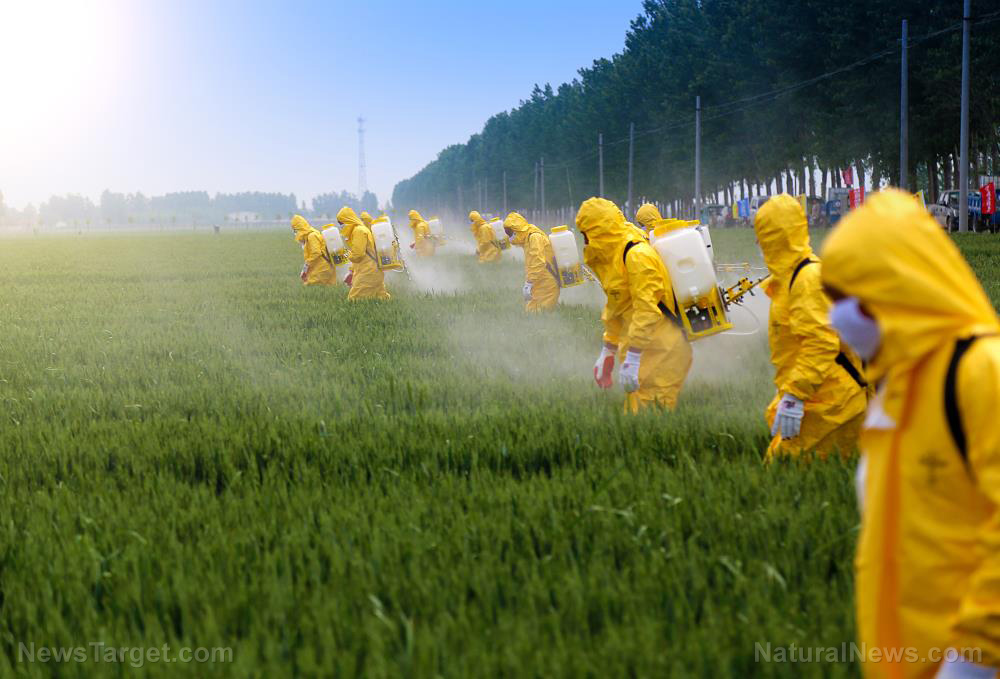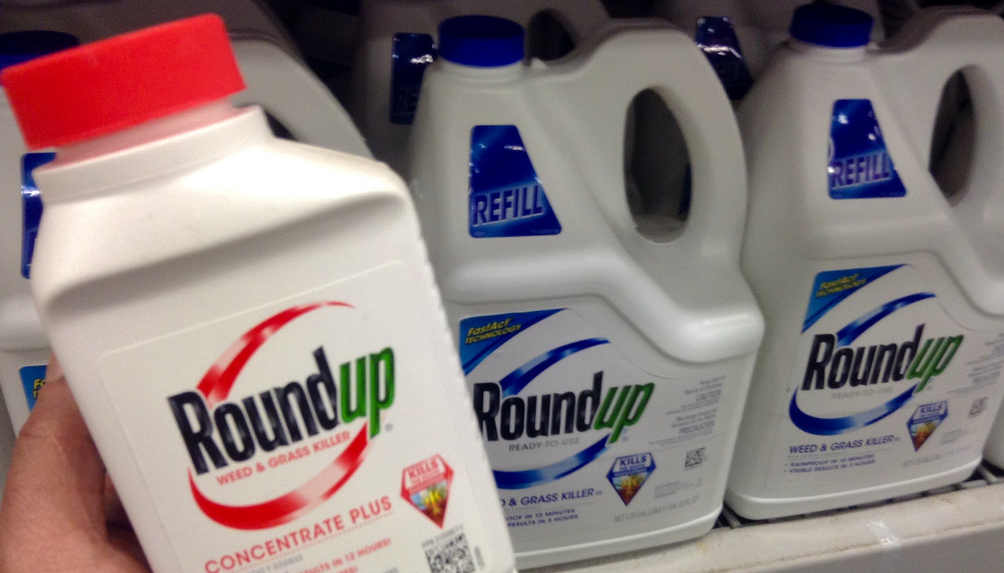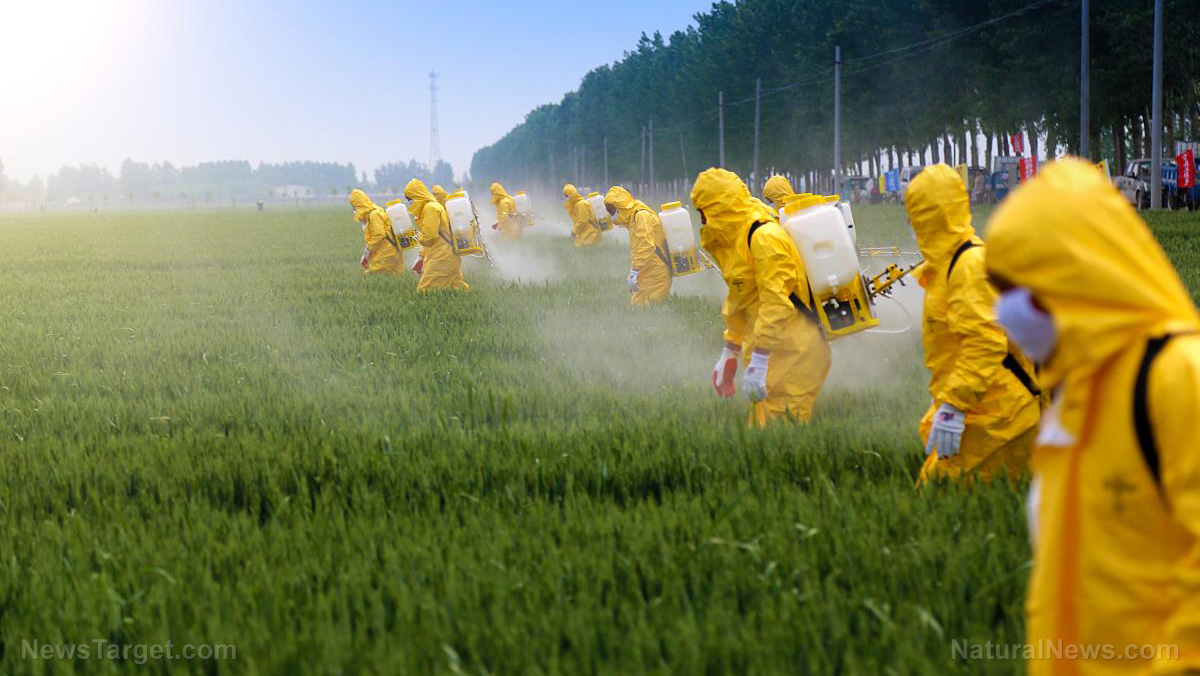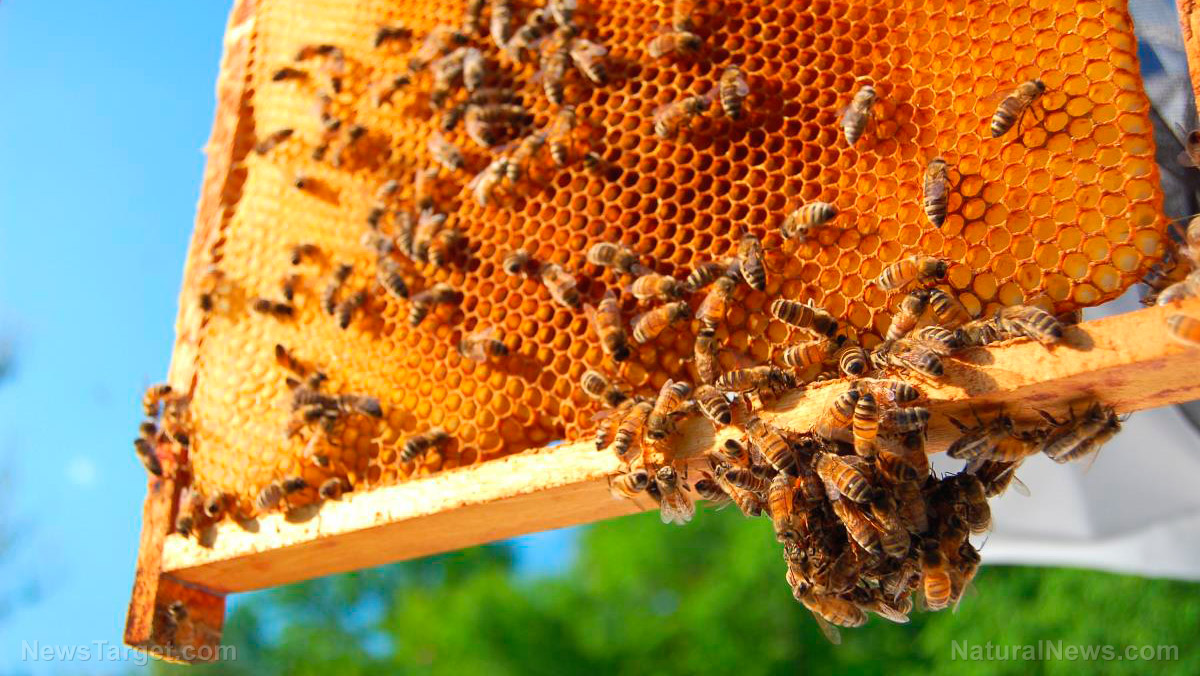EPA toxicologists classified glyphosate as “possibly carcinogenic to humans” as far back as the 80s — they’ve been manipulating “science” for decades
10/19/2017 / By Isabelle Z.

A 1983 Monsanto study analyzing glyphosate’s effects on rodents could serve as crucial evidence in a lawsuit filed against Monsanto on behalf of plaintiffs who allege exposure to its Roundup herbicide led them to develop non-Hodgkin lymphoma.
Environmental Health News reports that attorneys have enlisted the help of an expert pathologist to take a closer look at the study based on their belief that slides of tissue from the mice will prove that Monsanto covered up the health risks of glyphosate. This analysis will form a key part of the hearings, which are set to kick off the week of December 11 in Northern California.
The study, “A Chronic Feeding Study of Glyphosate (Roundup Technical) in Mice,” took place over a two-year period and was published in 1983. In the study, 400 mice were divided into groups containing 50 females and 50 males. A control group was not exposed to glyphosate, while the remaining groups received varying doses of the chemical.
In the study, some mice who were given glyphosate developed tumors at rates that were considered statistically significant. Those in the control group did not develop tumors.
When EPA toxicologist William Dykstra reviewed the study a year later, he wrote that it showed glyphosate was oncogenic and produced rare tumors known as renal tubule adenomas that corresponded to the dosage they received.
Nevertheless, Monsanto chose to downplay this disturbing finding, saying that these tumors weren’t related to the treatment. They even sent further research to the EPA to try to discount the tumors. This did little to sway the EPA experts back then, with one statistician writing in a 1985 memo that glyphosate was indeed suspect and that the argument put forth by Monsanto was not acceptable. The toxicology branch of the EPA then went on the classify the chemical as a Category C oncogene, which means it is “possibly carcinogenic to humans.”
Monsanto always finds a way out
Unhappy with this turn of events, Monsanto hired Dr. Marvin Kuschner of the State University of New York at Stony Brook to review the study. A memo written by Monsanto’s Environmental Assessment and Toxicology Manager, George Levinskas, said that Dr. Kuschner’s analysis was going to give the company a favorable outcome – even before the doctor had ever seen the slides of the kidney tumors!
He wrote: “Kuschner will review kidney sections and present his evaluation of them to EPA in an effort to persuade the agency that the observed tumors are not related to glyphosate.”
Sure enough, Dr. Kuschner’s findings were indeed in favor of Monsanto. The firm also sent the EPA a report written by a “pathology working group” showing that aged mice often have “spontaneous chronic renal disease.” Although the EPA’s scientists didn’t agree with that report, the rebuttal efforts made by Monsanto were enough to spur a reinvestigation.
A subsequent request by the EPA for Monsanto to repeat the study was denied; the agrochemical giant insisted there was no reason to repeat the study. By 1991, the EPA had moved to reclassify glyphosate as Group E – evidence of non-carcinogenicity for humans – although two members of the committee refused to sign it because they disagreed with the conclusion.
These events are considered highly relevant to the current proceedings against Monsanto. It’s worth noting that the 1983 study wasn’t the only one to find a link between glyphosate and cancer; a 1981 study found that glyphosate increased the risk of testicular tumor growth in male rats and thyroid carcinomas in female rats. A 1990 study found that glyphosate exposure caused rats to develop pancreatic tumors.
As you can see, Monsanto has a long-standing pattern of manipulating science. Not surprisingly, the exec who wrote the email that was so confident Dr. Kuschner would find in favor of Monsanto, the now-deceased George Levinskas, also played in a role in the company’s efforts to downplay the negative findings in a study linking Monsanto’s PCBs to tumors in rats in the 1970s.
Monsanto always seems to find a way to convince scientists, doctors, and journalists to say what they want them to say, and now these dishonest practices are being exposed in a court of law.
Sources include:
Tagged Under: cancer, corruption, coverup, Dr. Marvin Kuschner, EPA, glyphosate, lawsuit, Monsanto, non-Hodgkin lymphoma, Roundup, suppressed science



